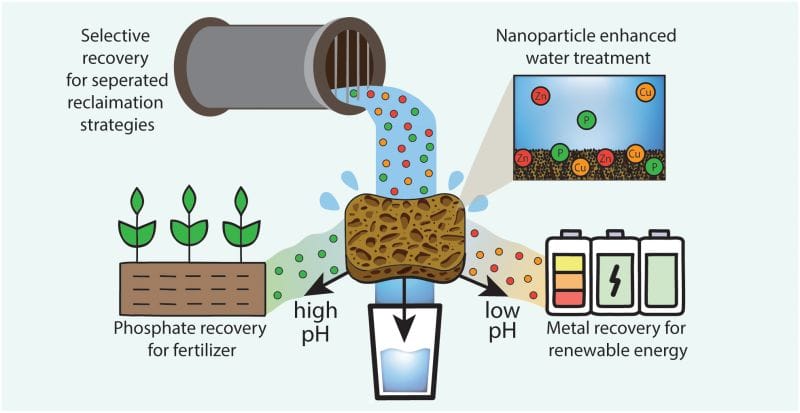RSS feed source: National Science Foundation
Although a leopard cannot change its spots, new research funded by the U.S. National Science Foundation uses the principles that govern patterns like leopard spots to understand biological processes at the nanoscale. The research, which combines physics, biology and theories first suggested by famed code breaker Alan Turing, increases knowledge of protein nanocluster formation and could enhance understanding of the causes of Emery-Dreifuss muscular dystrophy (EDMD) and lead to possible treatments.
The project probes the formation of nanoclusters made of a protein called emerin, which plays a role in the structure and function of the membrane around a cell’s nucleus. These clusters are extremely important in mechanotransduction, the process by which cells respond to mechanical forces like stretching or pressure. When mechanotransduction fails, it can lead to diseases like EDMD and other forms of muscular dystrophy. Understanding how emerin molecules form nanoclusters will aid in deciphering how the process can be disrupted and how disruptions can lead to disease.
While the way in which proteins come together has been studied for some time, the new research uses biophysical concepts to understand the biological processes. Specifically, the researchers used rules that control the formation of patterns proposed by Turing. Turing’s work provided mathematical rules that govern the formation of nanoclusters, working at a vastly different scale than leopard spots or zebra stripes.
The research was led
Click this link to continue reading the article on the source website.



